How polyvagal theory can inspire a path to peace
While the foundation for a lot spiritual practices is love and self-acceptance, the reality is that in a survival state, when you’re experiencing heightened anxiety, you don’t have access to compassion.
Not for yourself. Not for anyone.
Without self-regulation, simple stress can cascade into trauma, often-mediated through sustained and severe feelings of helplessness.
It is often in these moments that we react and re-enact patterns of pain and distress for ourselves and those around us.
In this age of technology and social connection when information can travel the earth at lightning speed, we are all living amid the first global mass trauma event for many decades.
Compassion may be an essential part of our collective healing - but how do we learn to access it?
The vagus nerve is often called the ‘compassion nerve’ because it is the ventral vagal pathways of this nerve that bring our capacity for compassion.
With a nourishing personal practice, whether a gentle stroll through nature, a stretch or long deep breathing, you can create neural pathways to mental, spiritual and emotional resilience and wellbeing. Empowering you to reset your nervous system, self-soothe and awaken your ventral vagal state.
From here you can nestle into deeper knowing, access the wiser parts of you and find the resources to support you in processing life’s experiences - from the most challenging to the most mystical.
This “rest and digest” is a response of the parasympathetic system aka ventral vagal state. It is your state of safety and homeostasis. When you are in your ventral vagal state, you notice you feel more grounded, mindful, joyful, curious, empathetic and compassionate.
By simply savouring life and shaping your nervous system, you can rewire yourself for greater peace, lowering cortisol and developing more capacity to hold yourself and bounce back from overwhelmed and triggered self-abandoned states.
As a trauma-informed yoga teacher and retreat owner, this has been at the heart of my work. In a distracted, adrenalised and traumatised society we need to practice self-regulation as an act of love for not only for ourselves and our loved ones but also the greater community.
Your regulated nervous system is access to your sovereign state. To your throne. To the alter of your inner temple. Your cherishing inner mother. The ground of your being and intuition.
It is your sense of safety and resource for yourself and your loved ones. From this space within you can offer the lotus jewel of compassion to yourself and your community.
Honouring your vessel with gentleness and savouring life’s beautiful moments is a path to peace from the inside out.
Your biology is the basis of compassion.
By Jessica Weaver
Founder of The Shanti Space
Next retreat; Awaken the Sacred Wild
Womxn’s Retreat 30 March - 4 April
Resources:
Polyvagal Theory - Deb Dana


























